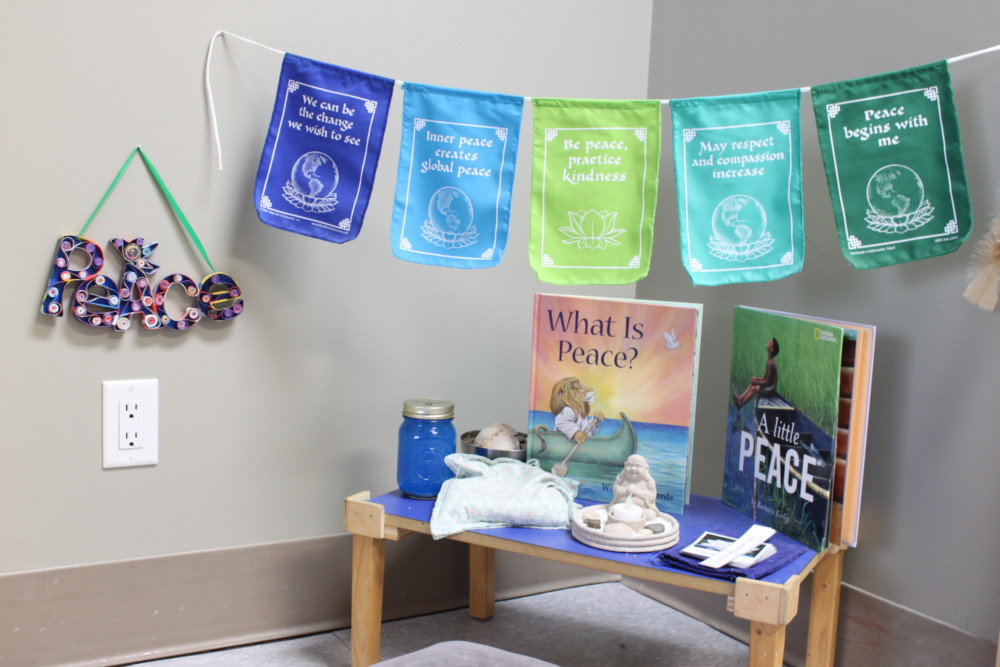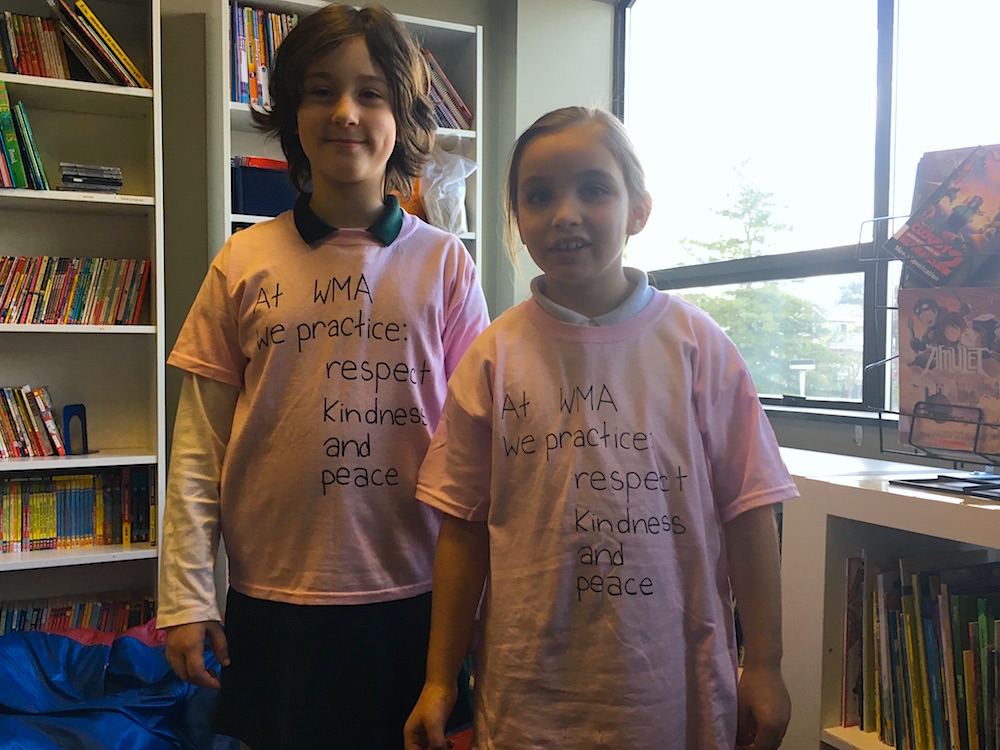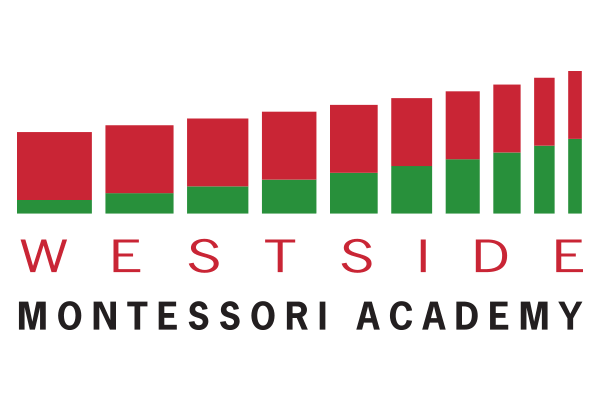“Peace is not fighting.”
“Peace is being quiet.”
“Peace is when you can hear your own heart beating.”
Peace is when mommy says, “I need some peace and quiet!”
“Peace is when everyone loves each other.”
“Peace is when I am sitting very still.”
These are a few of the more memorable answers to the question I’ve received over the years of teaching. With the International Day of Peace this week, I thought I would write a bit about Dr. Montessori’s peace curriculum.
The peace curriculum includes: teaching world geography and about the different peoples of the world; learning about the Fundamental Needs of humans, fulfillment of needs and how it is affected by historical period as well as climate and resources of the area; an understanding of world religions; exploring the interrelationship of all living things and how we play an integral part in creating a harmonious world.
Dr. Montessori was very interested in the subject of peace and designed her method of teaching with the idea of peace at it’s core. When she was developing this method (mid 20th Century), Dr. Montessori saw that education was the most powerful and universal way through which to reconstruct society; a way to transition from war to peace. She not only designed a curriculum that teaches about peace, but an entire method of education that has peace as its guide. By this I mean that she did not advocate a competitive environment; but one of cooperation, sharing, and the development of good leadership qualities.

A peace corner in our lower elementary classroom.
Maria Montessori recognized that when children all had their own goals, internal rewards, open ended activities and no standardized achievement bar, unhealthy competition faded away. In her writing, she discussed the link between children who are able to make their own learning choices and follow their needs leading to the ability later in life to make confident choices and practice thoughtful leadership. Montessori schools promote good competition by allowing real teamwork. Montessori children practice the ability to recognize valuable characteristics in their team members and draw out those skills to the group’s advantage (*Eissler pg.120). Montessori students will be able to work cooperatively, and come up with their own ideas and solutions to work together to achieve a better world.
The Montessori child has learned to follow their inner guide. They listen to their body and their deeper learning needs. You can often find a child in the preschool repeating an exercise over and over again, or doing a very big work that takes a very long period of concentration. The child is working alone and is very focused. This child has found work that speaks to them and answers to their inner needs at that time in their development. The child has found a calm, or a peaceful feeling in his/herself. Dr Montessori explains that, “The teacher must prepare the environment of the classroom in such way as to allow the child to concentrate. That is, to concentrate freely on a self-chosen task for as long as his/her interest is held.” (*Eissler pg.133)
Learn more about Montessori philosophy and our school at our Elementary Open House Event November 30th.
The Montessori child knows this feeling of peacefulness and tries to continue to find it. The child has found self-discipline. It is not unusual to observe a Montessori classroom that is quiet at work. This quiet is not a forced quiet by the teacher, but rather a quiet that occurs when all or most children in a classroom have found work to concentrate on. I had the pleasure of observing this in a lower elementary class recently. All the children were almost simultaneously quiet and all working on tasks that they had chosen. The students all moved within their classroom with great control of their bodies, were respectful of each other and each other’s work, and spoke quietly and respectfully to their teachers.

These habits are practiced daily at WMA. We also celebrate them in a big way on Pink Shirt Day every year.
The Montessori classroom is an environment that is set-up for children but beyond this, the children help to run their own classroom and take responsibility for their own learning. The Directresses create systems within the classroom that enable the children to makes choices. The children set up their own schedules, clean and take care of the classroom environment, have meetings to find solutions to classroom issues, design activities and projects, and have leadership and community service opportunities. These all build self-confidence and independence, and also create individuals that can think for themselves, hear others, and understand through experience that they have the power to make a difference.
I believe there is hope for the future and that one day we may live in a peaceful world because our children are powerful in their understanding and care for each other and the world around them.
Peace,
Miss Pam
*Book Reference:
Montessori Madness!: A Parent to Parent Argument for Montessori Education by Trevor Eissler







Leave Your Reply